Season Review: The Boys: Diabolical Season One
Overview:
The Boys’ violent world of superheroes expands in unprecedented ways with The Boys: Diabolical, an animated anthology series that digs deeper into the series’ dark and disturbing corners. Each episode of The Boys: Diabolical examines a unique area of corruption in a world where Vought International reigns supreme and superheroes are just as much of a liability as they are an asset. A wide range of creative talent turn to a variety of unique art styles to highlight the heightened horrors and heroics that are too crazy for The Boys main series to include.
Our Take:
Subversive takes on superhero staples have become so in vogue that an evil Superman analogue in a gritty world isn’t a plot twist, it’s the new baseline. Eric Kripke’s adaptation of Garth Ennis and Darick Robertson’s The Boys takes some liberties with the source material, but by and large it’s been a very satisfying expression of the comic series and a valuable alternative to those burnt out by the Marvel and DC machine. Another growing trend is the use of animation or anthology series as a way to explore the niche corners of sprawling intellectual properties that the core series can’t cover.
The Animatrix, Star Wars: Visions, Marvel’s What If…?, and even Batman: Gotham Knight have all been successful animated expansions that are some fans’ favorite material from these rich worlds. The Boys: Diabolical is no exception and the rampant charm and creativity that’s on display in every frame makes it one of the most entertaining series of 2022 and a dream come true for hardcore animation fans. It’s hard to deny its energy and what it brings to both anthology storytelling and animation, even for those who have zero interest in The Boys or superheroes in general.
An animated anthology series that’s set within the world of The Boys is a strong concept in general, but Diabolical is such an overachiever with how it’s a series that’s just as much of a tribute to the medium of animation as it is Ennis’ aggressive comic series. Every episode of The Boys: Diabolical embraces a completely different animation style–classical American animation, anime, Korean horror, French comics, and even more modern aesthetics like Justin Roiland’s style–to tell wildly unique stories, yet tales that all feel appropriate under the broader Boys umbrella. The majority of these stories examine temperamental black market uses of Compound V and their unpredictable consequences. Each of these bite-sized tales embrace different genres and interpretations of “superpowers,” but within them all is The Boys’ defining ethos that “everyone is evil, nothing matters.”
Seth Rogen and Evan Goldberg are executive producers on The Boys and so it makes sense on some level for their entry, “Laser Baby’s Day Out” to kick off Diabolical. It makes sense to tackle classical American art aesthetics in any anthology series that’s focused on animation and its evolution. There’s just as much reverence for the foundations of American animation as there is for American comics, which makes this pairing thematically sound. Rogen and Goldberg’s episode intentionally embraces the fundamentals with a zero-dialogue script that subverts classic gags and the inherent vulnerability of a lost baby. “Laser Baby’s Day Out” doesn’t hide its connection to John Hughes’ Baby’s Day Out, but this is also a bizarro nightmare version of Pixar’s Jack-Jack Attack from The Incredibles. There’s just something beautiful about how two animated shorts about superpowered babies can occupy the complete opposite sides of the spectrum. It perfectly sets the tone for The Boys: Diabolical.
The second installment, “An Animated Short Where Pissed-Off Supes Kill Their Parents,” is an ode to Justin Roiland’s specific art style, which cements just how much of a mark he’s made on the animation industry over the past decade, both in terms of visual aesthetics, but also his brand of comedy. The ridiculously specific nature of superheroes and their powers is tailor-made for Roiland’s trademark nonsense and digressions (the character, Papers, is honestly one of the funniest things that Roiland has ever done). He gets a ton of mileage out of a Runaways style revenge story that focuses on children who were subjected to Compound V experiments. What’s most impressive about Roiland’s contributions to Diabolical is that it genuinely feels different from a Rick and Morty or Solar Opposites episode. “An Animated Short Where Pissed-Off Supes Kill Their Parents” is the perfect blend of Roiland’s humor with The Boys’ ultra-violent universe rather than him just telling a mature superhero parody, which could just as easily be done in any of his other works.
Part of the fun in The Boys: Diabolical is looking at Garth Ennis’ world through contrasting lenses, but it also makes sense to deliver an entry that’s in the style of his original comics. “I’m Your Pusher” is reminiscent of the superhero cartoons that filled Saturday morning schedules during the early 2000s, like Batman Beyond and X-Men: Evolution. It feels like what a Boys animated series would have actually looked like if it were turned into a cartoon around the time that the comic was first hitting. In that sense, it’s a fun look at what could have been. “I’m Your Pusher” is arguably one of the least interesting episodes of the lot, but its violent climax is almost beyond Invincible’s levels of carnage.
There’s a lot of the same DNA shared between “I’m Your Pusher” and the season’s finale, One Plus One Equals Two.” The latter leans into a familiar American animation style to properly peel back the layers on The Boys’ perversion of the American Dream, Homelander. The episode elegantly depicts the mental toll that Homelander’s life has had on his identity and the fragility of his existence. A toxic relationship is forged between him and his publicist, which festers into Homelander’s precarious public image. It’s a truly terrifying look into the renegade superhero trope and it contains some of Anthony Starr’s strongest work as Homelander, even if it’s entirely through a vocal performance. His pain is palpable in this raw character study. It’s also arguably the only “must-watch” episode for those that are purely looking for vital canon to The Boys.
CG animation feels like a natural art style for Diabolical to include, so it’s a pleasant surprise that “Boyd in 3D’s” title is a bit of misdirection. Eliot and Ilana Glazer’s script plays out in a lavish French animation style that borrows from comics like The Adventures of Tintin, Asterix, and Sylvain Chomet’s The Triplets of Belleville, rather than the starker imagery of Jean “Mœbius” Giraud. A magical Compound V face cream that erases insecurities plays to the Glazer’s strengths and it’s a storyline that definitely wouldn’t get detailed elsewhere in The Boys. The episode meshes earnest rom-com ideals with the pulpy tension of Tales From the Crypt. It’s a clever metaphor for the public’s addiction to “perfection” through social media, yet with a morbid supernatural twist. “Boyd in 3D” is the slowest burn of the episodes in The Boys: Diabolical, but its final punchline might be the best ending of the season.
Episode five, Awkwafina’s “BFFs,” effortlessly taps into the chaotic energy of Saturday morning cartoon imports. Her story and characters ricochet between cute, angry, serious, playful, all of which accentuate the animation’s wide range of emotions. It’s very easy to mock these customs, but “BFFs” is full of love and the result is an aesthetic and atmosphere that’s so lush and cozy. “BFFs” doesn’t shy away from the gonzo nature of cute creature sidekicks, but uses Vought’s Compound V as the catalyst for this magical adventure. Once again, the art aesthetic brilliantly compliments the story and it makes sense to present this odd friendship through this heightened lens. “BFFs” is the only segment in The Boys: Diabolical that I could actually see as its own show and something that exists independently of The Boys. The rest of these episodes come across as finite stories that reach their natural endpoints.
A very different type of relationship is put under the microscope in the following entry. Aisha Tyler’s “Nubian vs Nubian” details the trials and tribulations of not only a “supes relationship,” but one with a kid that’s caught in the throes of divorce. There’s definitely a clever irony that the conflict that’s teased in the episode’s title is in reference to court proceedings and a nod to Kramer vs Kramer rather than Batman v. Superman. This is a successful story, but there is a bit of disconnect over why it’s presented in the anime art style as opposed to something else. Clearly Aisha Tyler is an anime fan and the staples of the genre briefly come alive during the fight sequence that kicks off “Nubian vs Nubian,” but Awkwafina’s “BFFs” definitely feels more in the traditional anime spirit. In “Nubian vs Nubian,” it’s more of an afterthought.
The Andy Samberg-scripted “John and Sun-Hee” is one of the biggest surprises of the season. The episode is animated in the style of Korean dramas and horror, and it’s easily the least humorous of the lot, but it demonstrates such range on Samberg’s part. An intimate love story mutates into cosmic existential dread that comes across as deeply Lovecraftian. “John and Sun-Hee” makes such beautiful use of color and lighting. At its best moments it looks like a watercolor painting and impressionistic artwork, which compliments the story’s somber nature. The episode continually reinforces what a blessing life is and even the vicious violence becomes oddly graceful in its presentation. It’s definitely the prettiest of the season’s episodes and it crescendos to a cathartic emotional climax.
Each of the episodes within The Boys: Diabolical are individual triumphs, but they also accumulate into a powerful package that gives as accurate a look into the world of The Boys as the main series provides. There are occasionally cameos from central characters from The Boys, all of which are well-handled, but they’re not the point of this spin-off. It’s able to carve out its own niche without relying on connections to the core series as crutches. More than anything else, The Boys: Diabolical feels like a series that provides its storytellers with infinite freedom and creative opportunities. This is a series that under the right leadership could go on for years and years. Even if Diabolical runs out of disparate art styles there’s nothing wrong with repeating certain design aesthetics, but with new ideas. It’s actually frustrating that there’s not already more of The Boys: Diabolical to consume, but hopefully the level of quality that’s present in season one will attract even more talent to come on board and play in this sandbox. The mind reels at what animation auteurs like Genddy Tartakovsky, Christy Karacas, Don Hertzfeldt, or Dash Shaw could do here.
Additionally, each episode assembles an impressive voice cast, all of which sound like they’re having such fun and thoroughly committing to these roles, even when they’re stereotypes. The music in The Boys: Diabolical is another one of its secret weapons. Everyone will rightfully praise the animation that’s on display, but the score is consistently on point and always amplifies the genre and material to another level.
The Boys: Diabolical only has eight episodes that average out to 12 minutes each, which means that the whole season runs the same length as a tight movie. However, there’s so much more for the audience to pull from this experience. There’s so much to love in The Boys: Diabolical, a playful, passionate, painful series that everyone should give a shot.
All eight episodes of ‘The Boys: Diabolical’ premiere on March 4th on Amazon Prime


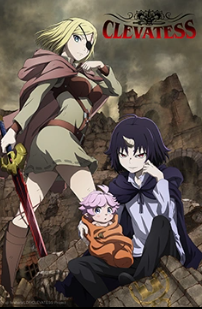

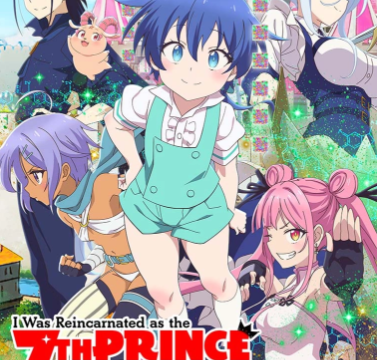
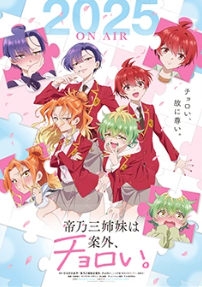
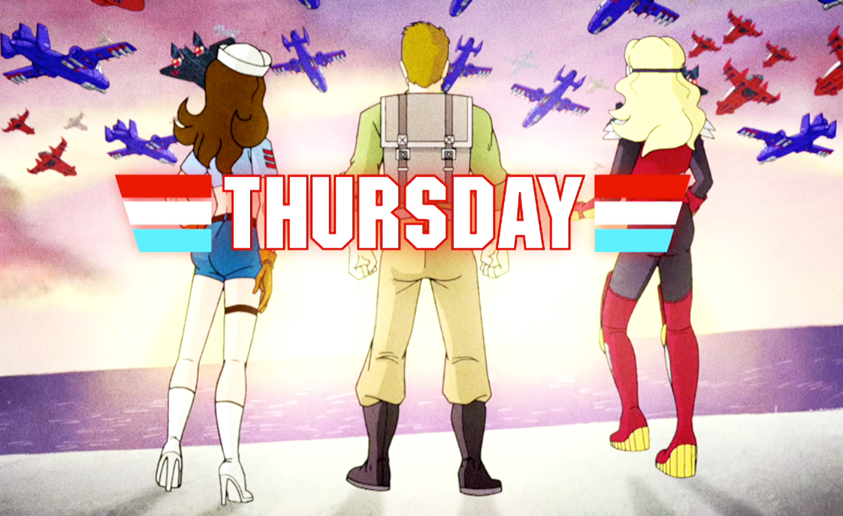










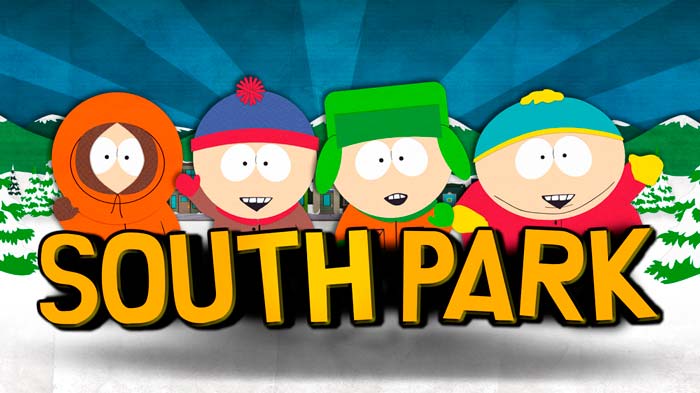


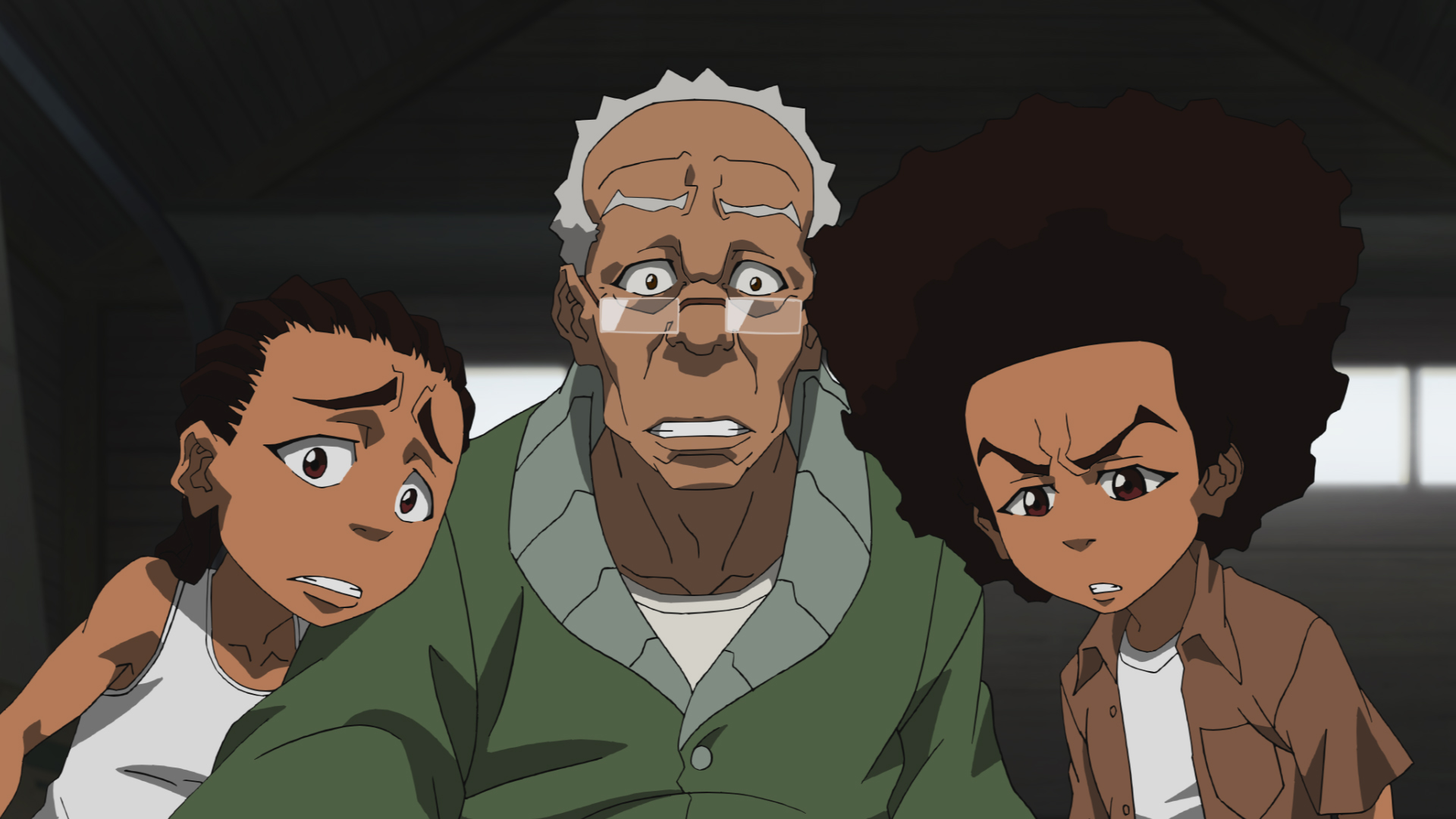
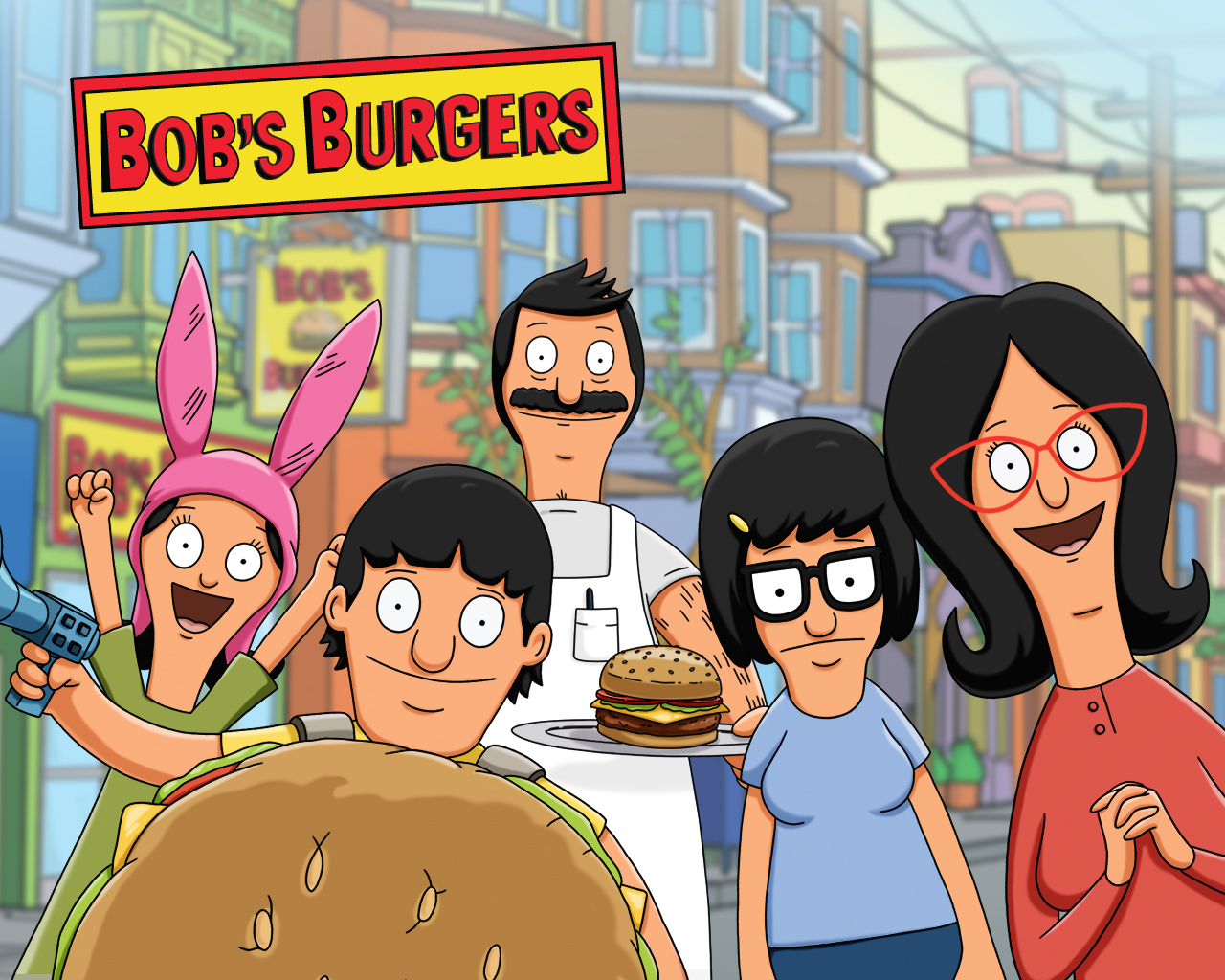




"There are also other characters that come and go (also owned by the Warner Bros. Discovery conglomerate media company)."
Huh. Is that just referring to other characters from the show itself, or is this implying that the new season is going to have cameos from other WBD IPs